Suriname eartheater - Geophagus proximus
Scientific name: Geophagus proximus
Common name: Suriname eartheater
Family: Cichlidae
Usual size in fish tanks: 22 - 30 cm (8.66 - 11.81 inch)
014
Recommended pH range: 6 - 7.5
Recommended water hardness: 2 - 12°N (35.71 - 214.29ppm)
0°C 32°F30°C 86°F
Recommended temperature range: 24 - 28 °C (75.2 - 82.4°F)
The way how these fish reproduce: Spawning
Where the species comes from: South America
Temperament to its own species: peaceful
Temperament toward other fish species: aggressive to smaller
Usual place in the tank: Middle levels
Overview
Geophagus proximus, commonly known as the Suriname eartheater, is a large South American cichlid native to the Amazon and coastal drainages of Guyana, Suriname, and northern Brazil. Like other eartheaters, it spends much of its time sifting sand through its gills in search of food. In aquaria, this species displays fascinating natural behavior, vivid coloration, and a generally peaceful temperament when provided with ample space and compatible tankmates.
Care & Tank Setup
- Tank size: A single adult requires at least 250 l / 65 gal. A small group (1 male + 3–4 females) needs 400–500 l / 105–130 gal. Long tanks with large footprints are preferred.
- Water parameters: pH 6.0–7.5, hardness 2–12 °dGH, temperature 24–28 °C (75–82 °F). Stable, clean water is essential.
- Substrate: Fine sand is mandatory to allow natural sifting behavior. Coarse gravel may damage the gills and should be avoided.
- Décor: Root wood, rounded stones, and caves for shelter. Plants are generally uprooted or destroyed; floating plants can provide shade without risk.
- Filtration: Strong filtration and regular water changes (30–40% weekly). They are sensitive to high nitrate levels.
Diet & Feeding
Omnivorous substrate feeder. In the aquarium, provide a balanced diet:
- Staple: High-quality sinking cichlid pellets and granules.
- Supplements: Frozen or live foods such as bloodworms, brine shrimp, mysis, chopped earthworms.
- Vegetable matter: Spirulina flakes, blanched spinach, or zucchini to improve digestion and coloration.
- Avoid excessive protein-heavy foods that can cause digestive issues.
Behavior & Compatibility
- With conspecifics: Best kept in groups; a natural hierarchy forms, reducing stress on individual fish.
- Other fish: Generally peaceful toward similarly sized or larger tankmates. Avoid very small fish, which may be mistaken for food, and highly aggressive species that could intimidate them.
- Excellent companions include peaceful cichlids, large characins (e.g., silver dollars), and armored catfish (e.g., Corydoras, Plecos).
Sexing
Mature males are usually larger, more colorful, and may develop elongated fin extensions or a slight nuchal hump. Females remain smaller and rounder-bodied.
Breeding
G. proximus is a biparental mouthbrooder. Spawning typically occurs on a flat surface, after which one or both parents may take the eggs into their mouths for protection. In some cases, the male spawns with multiple females. Fry are released when free-swimming and continue to seek shelter in the parents’ mouths when threatened. Provide sandy substrate and secluded areas to encourage spawning behavior.
Lifespan
Average lifespan is 8–10 years under proper care, slightly longer than older reports suggested.
Origin
Native to South America: Amazon basin tributaries, rivers in Guyana, Suriname, and northern Brazil. Prefers slow to moderately flowing waters with sandy substrates.
Short description
The Suriname eartheater is a captivating cichlid ideal for large aquaria that mimic its natural sandy river habitats. Its constant substrate-sifting behavior, peaceful demeanor in groups, and striking coloration make it a favorite among advanced aquarists. However, its size, dietary needs, and digging habits require careful planning.
At-a-Glance (Care Box)
- Size (captive): 18–22 cm TL (7–9"); up to 25–30 cm maximum
- Temperament: Peaceful to semi-aggressive; best in groups
- pH: 6.0–7.5 | GH: 2–12 °dGH
- Temp: 24–28 °C (75–82 °F)
- Tank: Single ≥ 250 l / 65 gal; group ≥ 400–500 l / 105–130 gal
- Diet: Omnivorous (sinking pellets, frozen/live foods, vegetable matter)
- Breeding: Mouthbrooder (biparental or female-dominant)
- Lifespan: 8–10 years
Pictures
Bought by aqua-fish.net from jjphoto.dk.
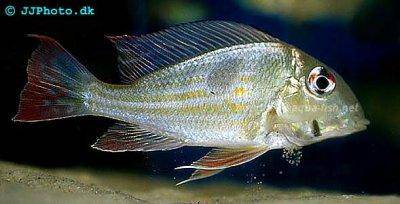



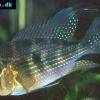 Thread-finned
Thread-finned 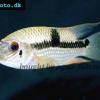 Acara
Acara 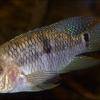 Yellow
Yellow 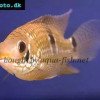 Patrick's
Patrick's 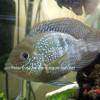 Blue
Blue 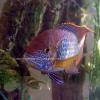 Green
Green 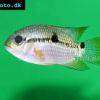 Acara
Acara 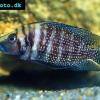 White
White 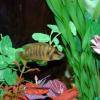 Compressed
Compressed 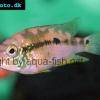 Pastel
Pastel 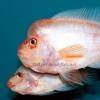 Midas
Midas 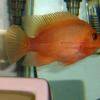 Red
Red 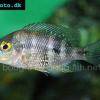 Bluemouth
Bluemouth 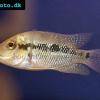 False
False 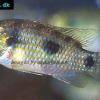 African
African 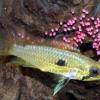 Agassiz's
Agassiz's 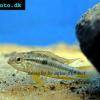 Banded
Banded 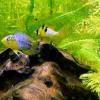 Yellow
Yellow 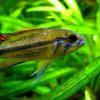 Cockatoo
Cockatoo 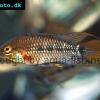 Blue
Blue 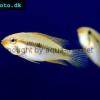 Blackstripe
Blackstripe 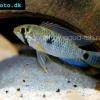 Highfin
Highfin 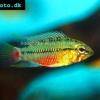 Redstripe
Redstripe 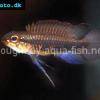 Threadfinned
Threadfinned 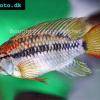 Macmaster’s
Macmaster’s 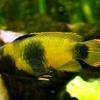 Panda
Panda 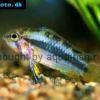 Norbert’s
Norbert’s 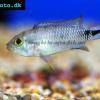 Blue
Blue 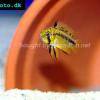 Thin-line
Thin-line 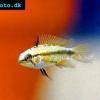 Three-striped
Three-striped 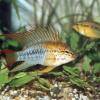 Viejita
Viejita 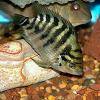 Flier
Flier 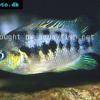 Archocentrus
Archocentrus 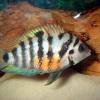 Convict
Convict 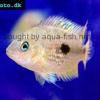 Seven
Seven 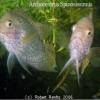 Spiny
Spiny 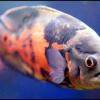 Oscar
Oscar 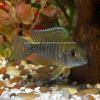 Sunshine
Sunshine 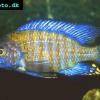 Chitande
Chitande 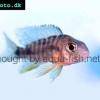 Firebird
Firebird 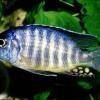 Midnight
Midnight 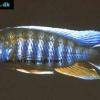 Lake
Lake 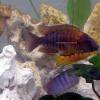 Sunshine
Sunshine 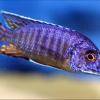 Aulonocara
Aulonocara 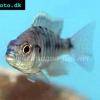 Nyasa
Nyasa 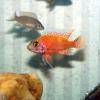 Ruby
Ruby 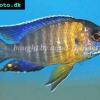 Grants
Grants 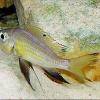 Aulonocranus
Aulonocranus 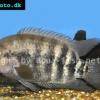 Chameleon
Chameleon 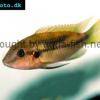 Benitochromis
Benitochromis 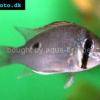 Orinoco
Orinoco 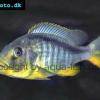 Yellow
Yellow 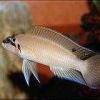 Brichard’s
Brichard’s 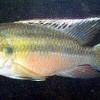 Guenther’s
Guenther’s 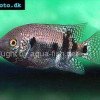 Southern
Southern 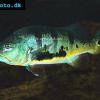 Cichla
Cichla 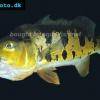 Peacock
Peacock 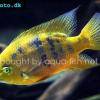 Chiseltooth
Chiseltooth 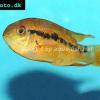 Bolivian
Bolivian 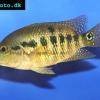 Red
Red 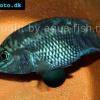 Many-pointed
Many-pointed 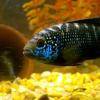 Jack
Jack 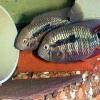 Red
Red 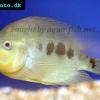 Three
Three 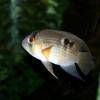 Keyhole
Keyhole 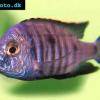 Azureus
Azureus 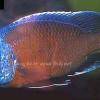 Red
Red 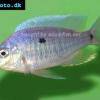 Jackson’s
Jackson’s 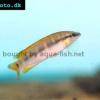 Crenicichla
Crenicichla 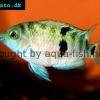 Honduran
Honduran 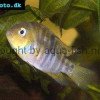 Blue-eye
Blue-eye 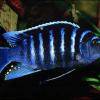 Afra
Afra 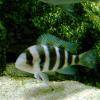 Frontosa
Frontosa 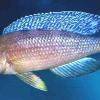 Slender
Slender 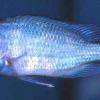 Malawi
Malawi 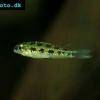 Chequerboard
Chequerboard 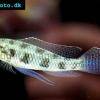 Checkerboard
Checkerboard 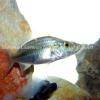 Malawi
Malawi 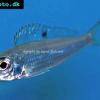 Ectodus
Ectodus 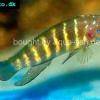 Tanganyika
Tanganyika 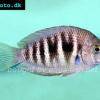 Canara
Canara 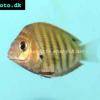 Green
Green 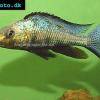 Rostratus
Rostratus 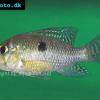 Pearl
Pearl 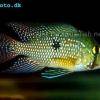 Geophagus
Geophagus 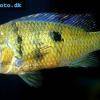 Yellowhump
Yellowhump 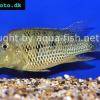 Redhump
Redhump 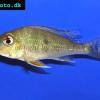 Red
Red 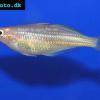 Dority’s
Dority’s 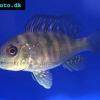 Argentine
Argentine 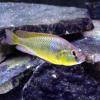 Burton’s
Burton’s 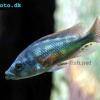 Victoria
Victoria 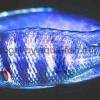 Haplochromis
Haplochromis 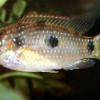 Jewel
Jewel 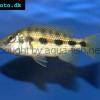 Banded
Banded 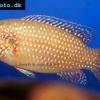 Lifalili
Lifalili 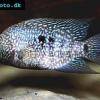 Lowland
Lowland 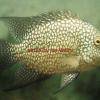 Texas
Texas 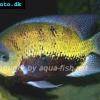 Pantano
Pantano 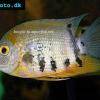 Severum
Severum 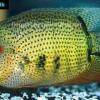 Banded
Banded 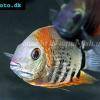 Severum
Severum 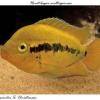 Rainbow
Rainbow 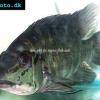 Parrot
Parrot 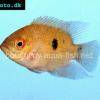 Chocolate
Chocolate 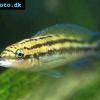 Brown
Brown 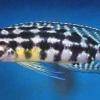 Marlieri
Marlieri 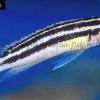 Golden
Golden 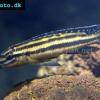 Striped
Striped 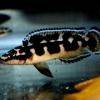 Masked
Masked 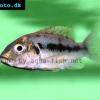 Konye
Konye 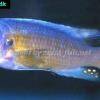 Blue
Blue 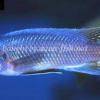 Trewavas
Trewavas 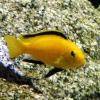 Electric
Electric 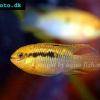 Dwarf
Dwarf 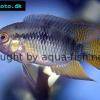 Redbreast
Redbreast 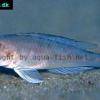 Lamprologus
Lamprologus 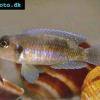 Gold
Gold 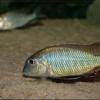 Greenface
Greenface 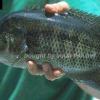 Mayan
Mayan 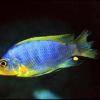 Aurora
Aurora 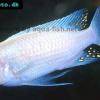 Blue
Blue 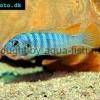 William’s
William’s 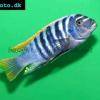 Zebra
Zebra 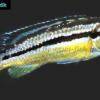 Malawi
Malawi 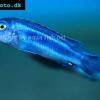 Blue
Blue 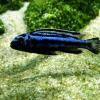 Blue
Blue 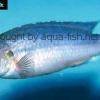 Mbuna
Mbuna 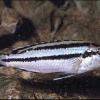 Parallel
Parallel 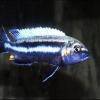 Purple
Purple 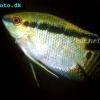 Flag
Flag 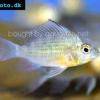 Bolivian
Bolivian 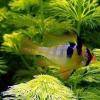 Ram
Ram 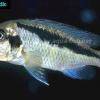 Basket
Basket 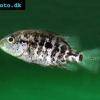 Haitian
Haitian 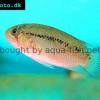 Zebra
Zebra 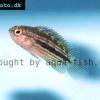 Striped
Striped 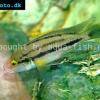 Neolamprologus
Neolamprologus 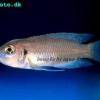 Brevis
Brevis 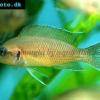 Fairy
Fairy 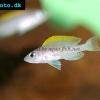 Neolamprologus
Neolamprologus 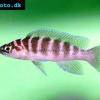 Cylindricus
Cylindricus 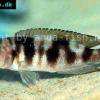 Hecq’s
Hecq’s 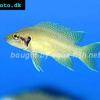 Neolamprologus
Neolamprologus 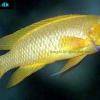 Lemon
Lemon 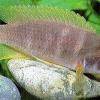 Mustax
Mustax 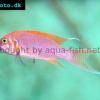 Daffodil
Daffodil 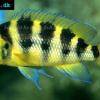 Six-bar
Six-bar 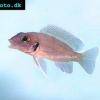 Five-bar
Five-bar 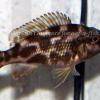 Marbled
Marbled 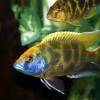 Giraffe
Giraffe 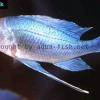 Blue
Blue 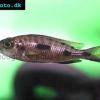 Sulphurhead
Sulphurhead 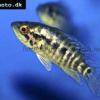 Wolf
Wolf 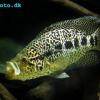 Jaguar
Jaguar 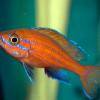 Blue
Blue 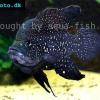 Marakeli
Marakeli 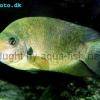 Madagascar
Madagascar 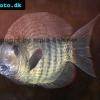 Pinstripe
Pinstripe 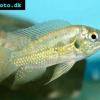 Pelmatochromis
Pelmatochromis 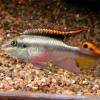 Kribensis
Kribensis 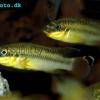 Striped
Striped 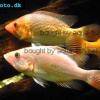 Red
Red 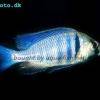 Deepwater
Deepwater 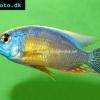 Fenestratus
Fenestratus 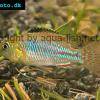 Nichols’
Nichols’ 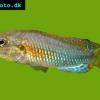 Southern
Southern 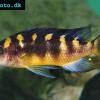 Bumble
Bumble 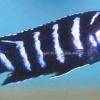 Demason’s
Demason’s 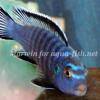 Slender
Slender 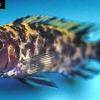 Red
Red 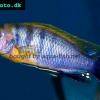 Mbuna
Mbuna 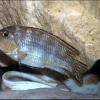 Malawi
Malawi 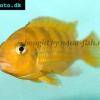 Kenyi
Kenyi 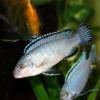 Powder
Powder 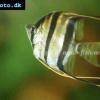 Altum
Altum 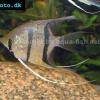 Angelfish
Angelfish 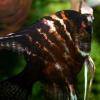 Angelfish
Angelfish 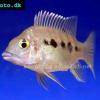 East
East 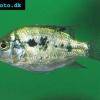 Juba
Juba 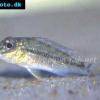 Earth
Earth 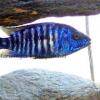 Electric
Electric 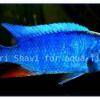 Azure
Azure 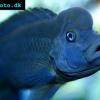 Lionhead
Lionhead 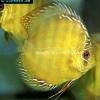 Discus
Discus 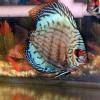 Blue
Blue 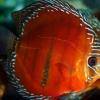 Red
Red 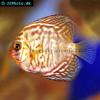 Zebra
Zebra 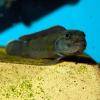 Brichard’s
Brichard’s 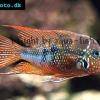 Blue
Blue 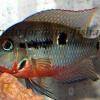 Firemouth
Firemouth 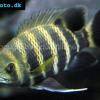 Zebra
Zebra 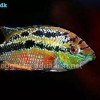 Yellow
Yellow 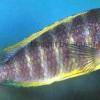 Blue
Blue 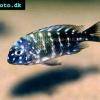 Dwarf
Dwarf  Blunthead
Blunthead 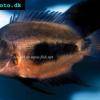 The
The 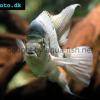 White
White 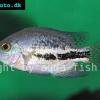 Twoband
Twoband 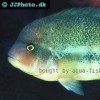 Fenestratus
Fenestratus 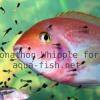 Window
Window 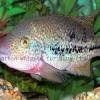 Tailbar
Tailbar 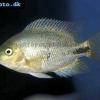 Black
Black 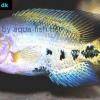 Redhead
Redhead 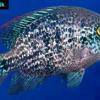 Oaxaca
Oaxaca 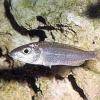 Xenotilapia
Xenotilapia